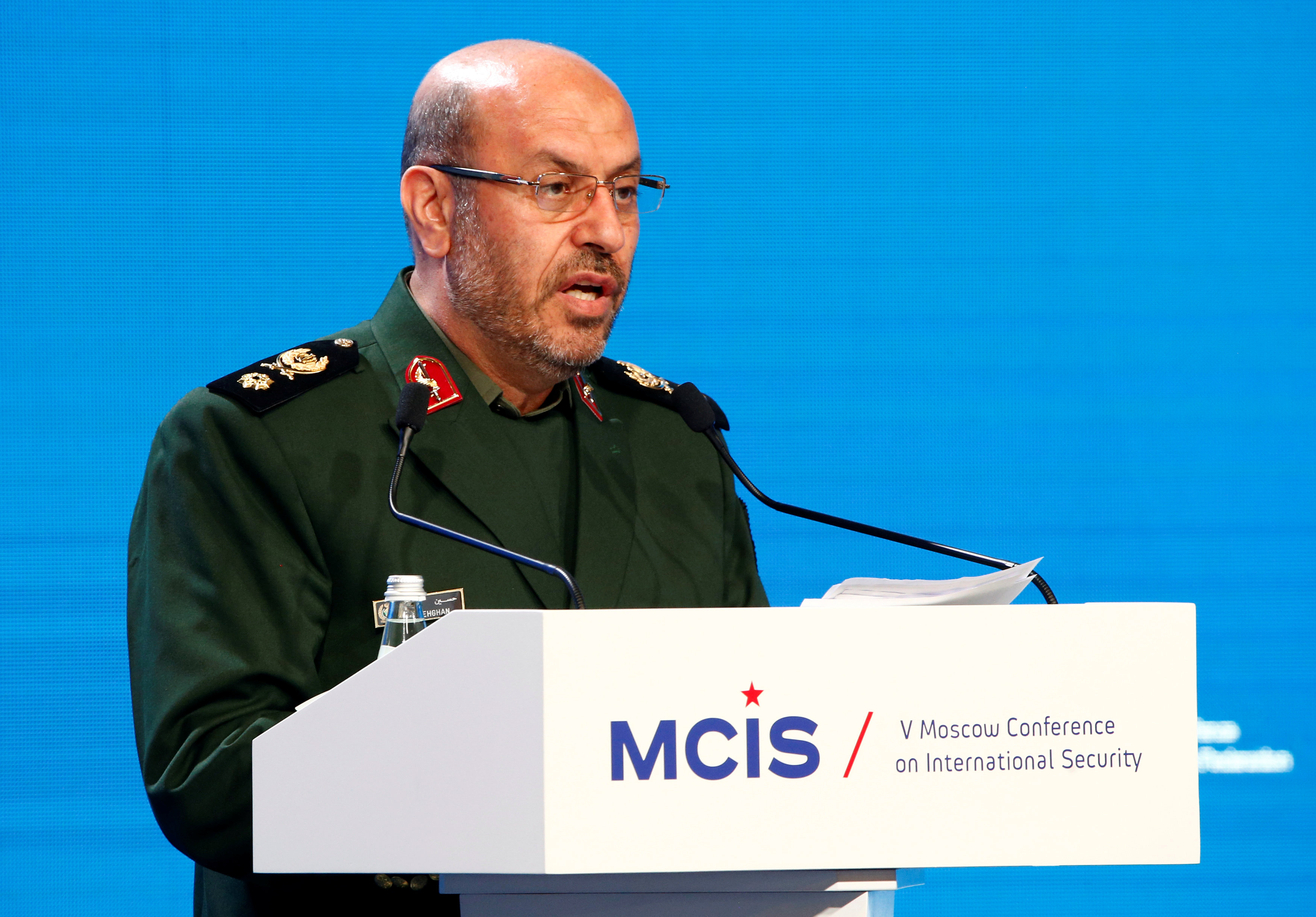
By Katie Paul and Asma Alsharif
RIYADH/CAIRO (Reuters) – U.S. strikes on Syria in retaliation for a chemical weapons attack marked a sharp escalation in the country’s civil war but were not viewed in the Arab world as a gamechanger in a six-year conflict that has divided the region.
Two U.S. warships fired cruise missiles at a Syrian air base controlled by President Bashar al-Assad’s forces early on Friday in response to the poison gas attack which killed at least 70 people in a rebel-held area.
U.S. officials said the strike was a “one-off” intended to deter future chemical weapons attacks, and not part of a wider expansion of the U.S. role in the war.
The reactions were predictable from Damascus’ ally Iran and foe Saudi Arabia, two regional powers waging proxy wars in Syria and other Middle Eastern countries.
Saudi Arabia hailed the strike as a “courageous decision” by President Donald Trump, and Saudi ally the UAE, a member of the U.S.-led coalition fighting Islamist militants in Syria, also expressed its support.
Iran denounced the “unilateral strikes”.
“Such measures will strengthen terrorists in Syria … and will complicate the situation in Syria and the region,” the Students News Agency ISNA quoted foreign ministry spokesman Bahrem Qasemi as saying.
It was the toughest direct U.S. action yet in Syria, but Arab political analysts were skeptical it would make much difference in the direction of the conflict in Syria or in efforts to find a political solution.
It did, however, indicate how far Trump was willing to go, possibly with his domestic audience in mind, even if it risked contradicting previous positions as well as confrontation with Assad’s other main military backer, Russia.
Trump had repeatedly said he wanted better relations with Moscow, including to cooperate with Russia to fight Islamic State, and has so far focused his Syria policy almost exclusively on that effort.
But he also criticized his predecessor Barack Obama for setting a “red line” threatening force against Assad if he used chemical weapons, only to pull back from ordering air strikes in 2013 when Assad agreed to give up his chemical arsenal.
Russian President Vladimir Putin has condemned the missile strikes as an illegal move that would hurt U.S.-Russia ties.
“This kind of strike will not bring down the Syrian regime,” said Abdulaziz al-Sager, a Saudi academic and chairman of the Jeddah-based Gulf Research Center.
“But it shows a new attitude from the U.S. administration in the region which is to take initiatives individually if needed.”
Over the past few months, many Western countries have been backing away from long-standing demands that Assad leave power, accepting that rebels no longer had the power to remove him by force. After the chemical weapons attack on Tuesday, however, several countries said Assad must go.
Among the countries strongly backing the strikes and calling for Assad to be removed from power was Turkey. Long one of Assad’s principal foes, Turkey had in recent months reached a rapprochement with Russia and had been co-sponsoring Syrian peace talks with Moscow.
Mustapha Kamel Al-Sayyid, professor of political science at Cairo University, doubted that the attacks would undermine these kinds of efforts.
“I don’t consider this a change in the United States policy toward Syria but rather a limited strike, which Trump probably aimed to use in order to strengthen his position inside the United States,” he said.
Iraq has been put in the difficult position of balancing its interests between its two key allies, the United States and Iran. Officials have so far maintained silence on the strikes.
“The Iraqi side will not rush into a reaction that could backfire,” said Baghdad-based analyst Fadhel Abu Ragheef.
On the streets of the Iraqi capital, Trump’s actions were seen as just another sign that the United States wants to dominate the Middle East.
“He (Trump) wants to isolate Iran and build American military bases in Iraq,” said Qassim, a shopkeeper, giving only his first name.
(Additional reporting by Sami Aboudi and Aziz El Yaakoubi in Dubai, Maher Chmaytelli in Erbil, Maher Nazeh in Baghdad, Daren Butler and Humeyra Pamuk in Istanbul; Writing by Michael Georgy; Editing by Sonya Hepinstall)









